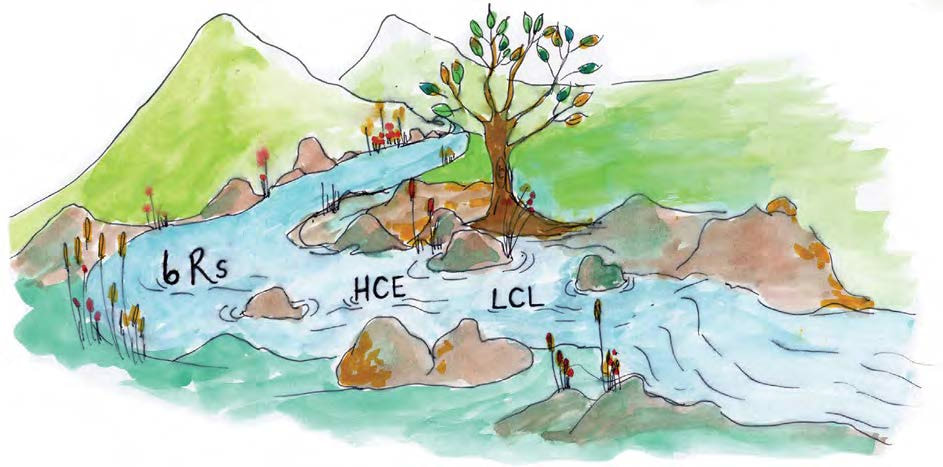Streams of Thought That Flow Through the Book
We are communities of hope and it turns out that our spiritual practices are exactly what science tells us is needed for protecting, healing and transforming the impact of trauma on our bodies, minds, spirits, and communities. Many frameworks can help us practice even more intentionally. We have chosen four streams of thought to highlight in the guide that we believe help us to be proactive agents of healing in our communities.
These frameworks are:
Hurt and Hope
Most often, we want to move from hurt to hope. But in reality, the hurt that we experience is always part of us and our deepest spiritual power lies in the space where we are able to hold both our hurt and our hope at the same time.
Leading Causes of Life
While the medical world often leads us to consider the leading causes of death, the Leading Causes of Life focus on five themes that drive our well-being. Each of them happen in our congregational life! We know that what we pay attention to grows. Leading Causes of Life invites us to lean into those things that cause life: connection, hope, agency, blessing and coherence. (p. 108)
Healing Centered Care
Healing Centered Engagement (p. 81) offers a way for people to nurture healing in their communities by being grounded in their culture and spiritual roots, finding agency and meaning, and engaging the social and political dimensions of traumatic and healing experiences. It uplifts the role of aspirational dreaming to ignite hope and centers the health and wellbeing of those providing care.
6 Rs of Trauma Informed Care
A trauma-informed approach invites empathy and understanding around how past experiences shape one’s current gifts and struggles. The 6 Rs describe steps any organization can take to intentionally create a trauma informed culture. (p. 55)




